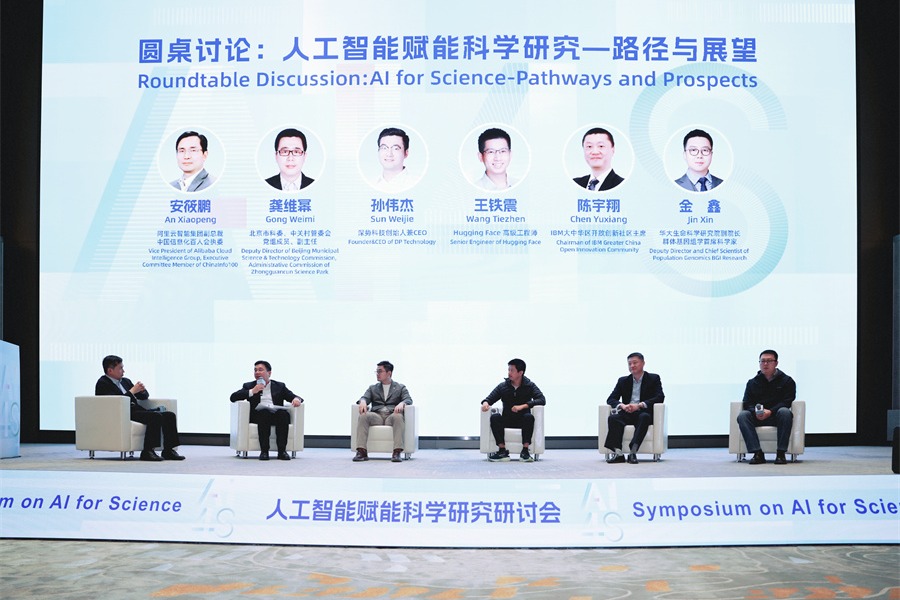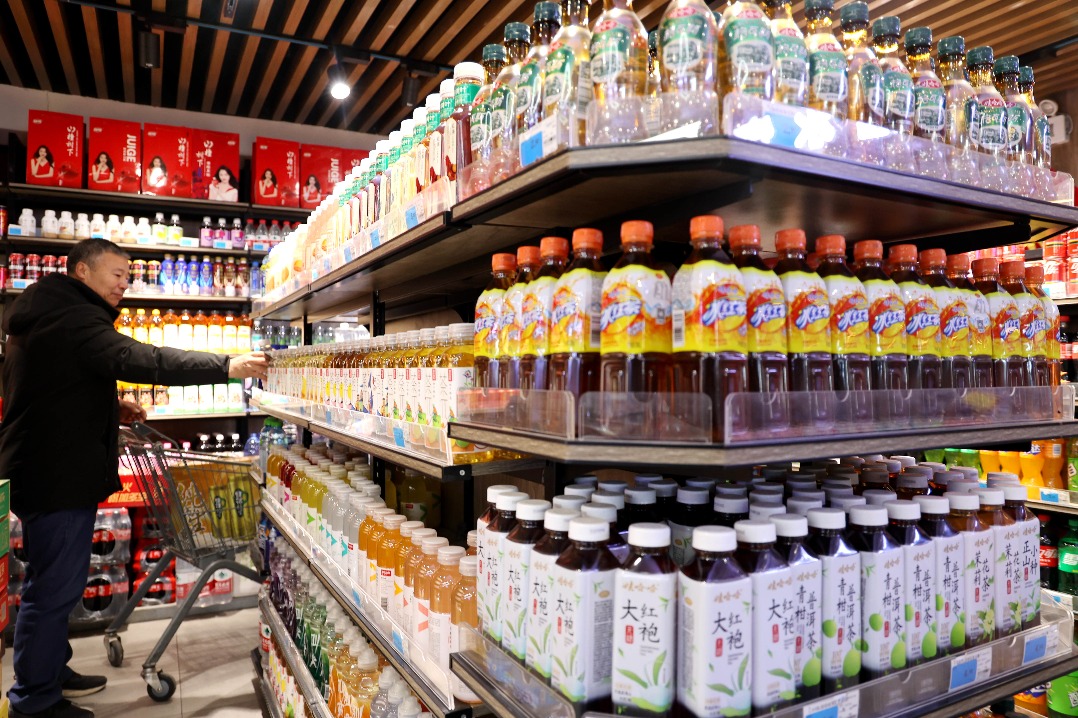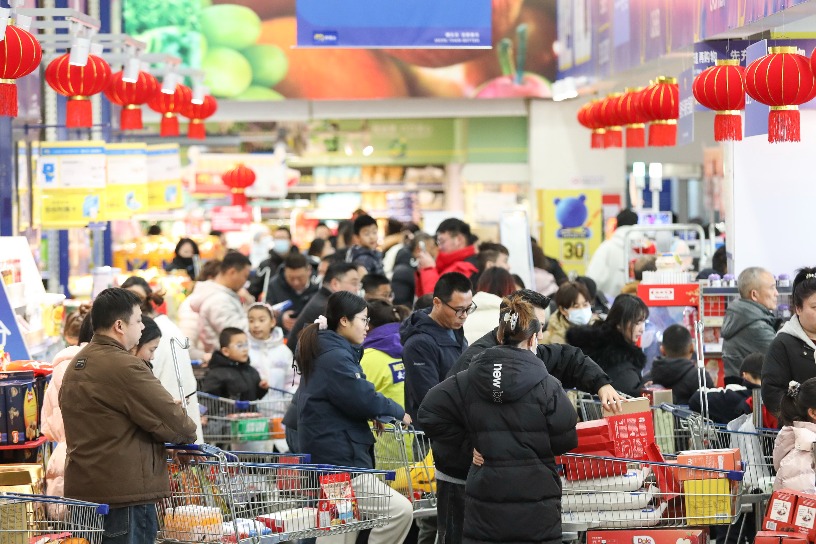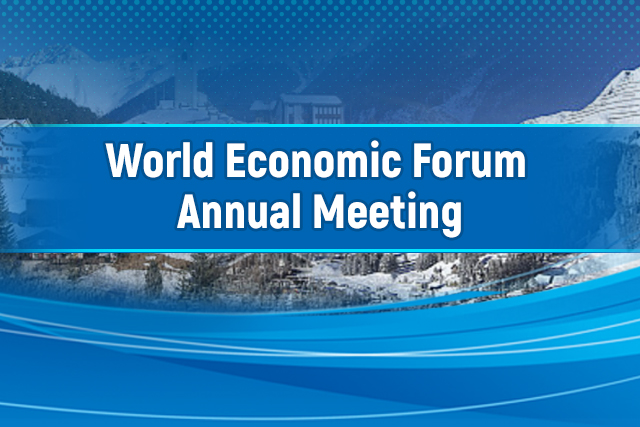Fallacies of the China 'overcapacity' theory

Recently, a handful of Western politicians and media have been hyping up the false narrative of "overcapacity" in China, targeting China's "new three" industries -- new energy vehicles (NEVs), lithium batteries, and photovoltaic products. They claimed that, due to government subsidies, China has exported many new energy products at low prices, hurting other economies.
The notion that China's "overcapacity" in new energy sectors harms the global market is "a complete fallacy," a Chinese Foreign Ministry spokesperson said.
Why is the "overcapacity" rhetoric untenable? Some Chinese experts shared their views.
Exports equal "overcapacity"?
Some Western media define "overcapacity" as the production capacity exceeding domestic demand, which is contrary to economic common sense and facts.
Taking NEVs as an example, the global sales of NEVs reached 14.65 million units in 2023, of which China's exports of NEVs were 1.203 million units, accounting for only eight percent of global sales.
According to an estimate by the International Energy Agency, global demand for NEVs could reach 45 million units in 2030. Even if China maintains an annual growth rate of 20 percent in production, it is estimated to produce around 34 million NEVs by 2030, which remains below the global demand.
Hence, there's no overcapacity for China's NEVs; instead, there is still room for China's new energy industry to develop to meet the global market demand, said Yang Shuiqing, assistant researcher at the Institute of American Studies of the Chinese Academy of Social Sciences.
If a country's products have exceeded domestic demand that's called overcapacity, then there would be no international trade, which is clearly contrary to the theories of free trade and the global division of labor, said Jin Ruiting, researcher at the Institute of Macroeconomic Research of the National Development and Reform Commission.
Labeling exports of surplus products as overcapacity is a denial of the global division of labor theory raised by Adam Smith and David Ricardo several hundred years ago, said Li Dawei, director of the Emerging Economies Research Office of the Institute of Foreign Economic Studies of the China Academy of Macroeconomic Research.
According to the theory, as globalization progresses, different countries possess comparative advantages in the production of various goods or services. Consequently, nations export products in which they have a comparative advantage and import those in which they have a comparative disadvantage, thereby maximizing overall production and consumption efficiency through international trade.
This theory has become fundamental in the field of economics, Li explained.
The United States exported 91.2 million metric tons of Liquefied Natural Gas(LNG)in 2023, making it the world's largest exporter of LNG. Moreover, the US exports 80 percent of its chips, Germany exports 80 percent of its automobiles, and Boeing and Airbus export a large number of its passenger planes. Is that “overcapacity” according to US logic?
Lower prices mean dumping?
China's exports of "new three" products have provided global consumers with high-quality commodities to meet global market demand. Nonetheless, some Western politicians have turned a blind eye to it and accused China of "dumping" new energy products into global markets.
What is "dumping"?
Dumping means exporting products at a price lower than their production costs, said Yao Jingyuan, special researcher of the Counsellors' Office of the State Council and former chief economist at the National Bureau of Statistics.
Yet, China's "new three" industries are profitable, indicating that these products are not sold at a price below the normal value of such products, said Yao.
Li Dawei said lower prices of China's exports can be credited to technological innovations and advantages of economies of scale.
The export prices of China's "new three" have been rising, which indicates that the sale price of these products in global markets is higher than their normal value, making the accusation of "dumping" groundless, he added.
According to Bloomberg, in the EV sector, the capacity usage rates of the majority of China's leading auto exporters are considered normal; the ratio of exports to production is far lower than other car producing nations such as Germany, Japan and the Republic of Korea; and Chinese companies aren't dumping EVs on global markets, for the export prices of those cars reflect the laws of the market.
Lower prices of China's exports can be attributed to the country's huge market demand, constant tech innovations and well-established supply chain system, all of which would enable China to provide affordable and high-quality goods to global consumers, said Liu Ying, researcher and director of the cooperative research department of the Chongyang Institute for Financial Studies at Renmin University of China.
Subsidies exclusive to the west?
Some Western media have pointed the finger at the Chinese government's tax breaks and substantial subsidies for Chinese NEVs. Nevertheless, such criticisms have ironically exposed the double standards adopted by certain Western countries in their approach to trade issues with China.
At the early stage of the NEV industry, the Chinese government provided partial tax incentives and subsidies to the start-ups. However, starting from 2016, China has gradually lifted subsidies for NEVs. On December 31, 2022, China officially phased out a government subsidy of 4,800 yuan ($662) for plug-in hybrids and 12,600 ($1,739) yuan for pure electric vehicles.
Conversely, western countries, including the US, the United Kingdom, and France, have already implemented robust subsidy policies for NEVs. For instance, the US government provides approximately $369 billion in tax incentives and subsidies for clean energy industries, including the NEV industry, through the Inflation Reduction Act of 2022. Several European countries also widely implement subsidy measures for the NEV industry, ranging from corporate tax breaks to purchase tax reductions.
Yang Shuiqing said the government subsidies are not exclusive to China. In France, consumers purchasing electric vehicles can receive a subsidy of €4,000, while low-income households can receive €7,000 subsidies. Germany has implemented subsidy policies in the NEV industry since 2016. Consumers can be subsidized up to €4,000 for NEVs purchasing, along with an exemption from the motor vehicle tax.
Li Daokui, director of the Institute for Chinese Economic Practice and Thinking at Tsinghua University, said, "Any country that wants to develop an important industry starts with government subsidies. This is a fundamental rule of modern national industrial development."
China's competitiveness in new energy vehicles, lithium batteries and photovoltaic products is not the result of government subsidies, but the result of continuous technological innovation, a well-established production and supply chain system, and relatively high labor productivity.
According to Jin Ruiting, the development of China's new energy industry will stabilize the global supply and demand system, whether it is the upstream, midstream, or downstream of the "new three" industry chain, the best partners can be found in China.
China's export of new energy products will not only benefit China itself but also inject stronger impetus into the world economic recovery and growth, Jin added.




































